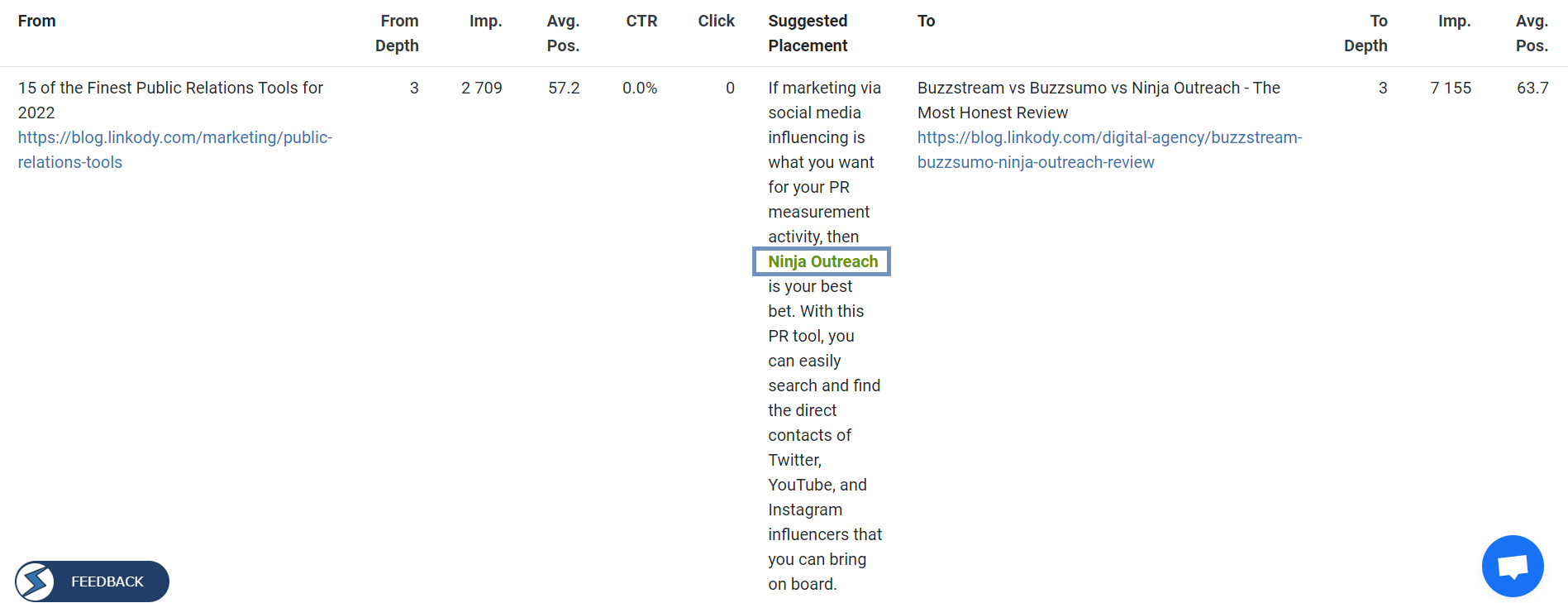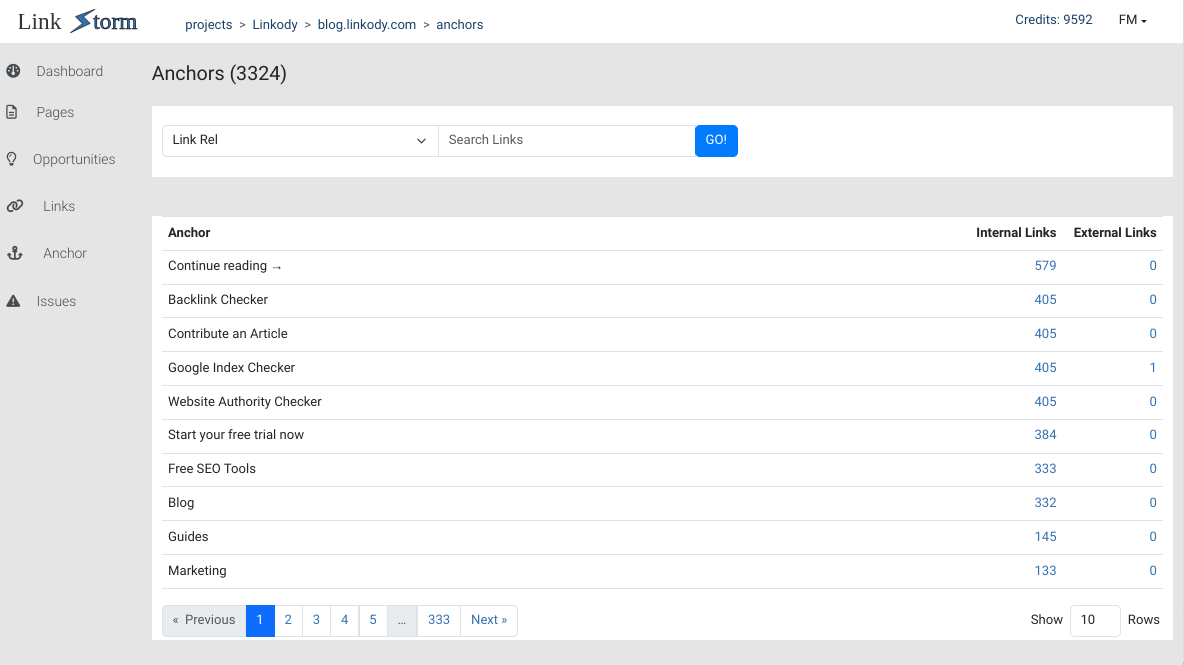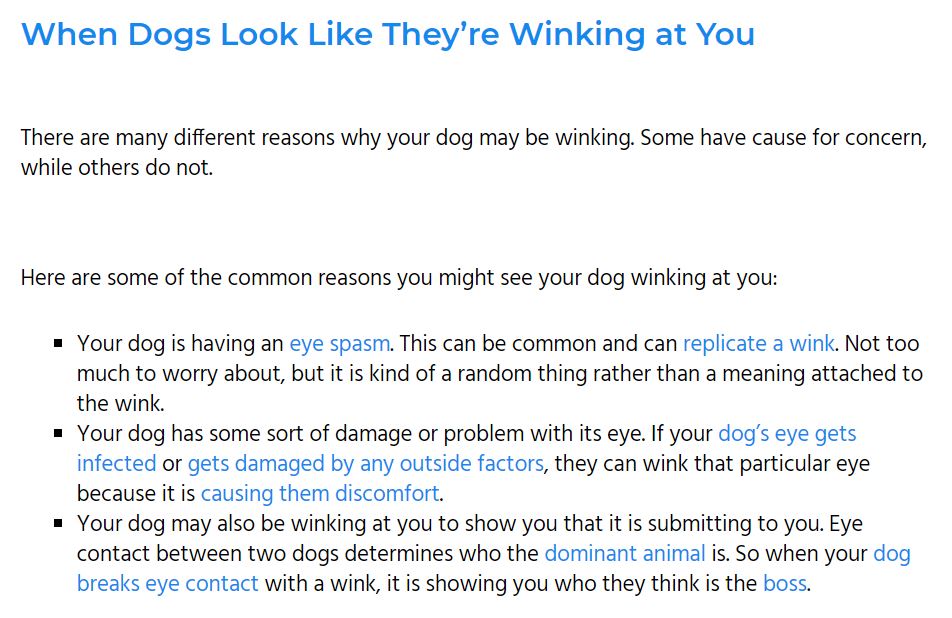Internal link building is critical to search engine optimization as it helps structure your website logically, enhances user navigation, and, more importantly, distributes page authority across the web pages on your site.
Central to this practice is the effective use of anchor text.
Stay tuned because this guide delves into the nuances of anchor text, providing a comprehensive understanding, and practical tips for effective internal link building.
What is Anchor Text
An anchor text is a clickable text or phrase within a hyperlink that appears as a highlighted or underlined text. Its significance lies in its ability to guide users through a website and signal search engines the site’s content relevance and context.
If you notice up to this point, we’ve used three anchor texts in the content.
On the surface, they are simply unsuspecting looking hyperlinks. But it gets even complicated once when we look at the HTML of a web page.
For instance, take a look at this anchor text:

This is how the HTML looks like when you view the page source:
<a href="https://linkstorm.io/features/optimize.html" target="_self">link checker tool</a>
Types of Anchor Text
There are different types of anchor texts for SEO, each having their respective contributions to a site’s overall internal linking strategy.
Let’s explore some of them below.
1. Exact Match
While not as dominant as before, exact-match anchor texts still hold relevance. It refers to the anchor text that precisely matches the primary keyword or key phrase for which the linked page seeks to rank in search engine results.
For example, if you have a web page targeting the keyword “best internal linking practices,” an exact match anchor text would precisely mimic that keyword: best internal linking tool.
2. Partial Match
Unlike exact match anchor text, which replicates the entire keyword, partial match anchor text involves using synonyms, related terms, or variations of the target keywords while maintaining relevance to the linked page’s content.
In this case, only some terms within the seed keyword is accurately matched. For instance, “internal linking mistakes” become “internal linking issues.” The essence and thought is the same, the execution is a bit different.
3. Branded
These anchor texts feature the brand identity.
For example, if the brand is “LinkStorm,” a branded anchor text could be “LinkStorm website” or simply “LinkStorm.”
Branded anchor texts enhance brand visibility and credibility. However, overuse of branded keywords may feel promotional, which may scare away some users.
4. Naked URLs
Naked URLs refer to a hyperlink that uses the actual URL of the linked page as clickable text—for example, https://linkstorm.io/resources/contextual-internal-links.
Directly incorporating URLs as anchor texts can be beneficial, especially when promoting specific pages.
Some users may be a little too skeptic about clicking links. As such, naked URLs is the extra ‘peace of mind’ they need to know exactly where the links lead to.
5. Generic
Generic anchor texts refer to a hyperlink that uses common terms like “click here,” “learn more,” or “read this”.
The purpose of generic anchor text is to provide a simple and neutral link without emphasizing particular content or keywords.
While generic anchors are not advised, you can take advantage of the words surrounding the anchor text to provide context about the linked page.
How Anchor Text Affects Internal Linking
Anchor text plays a significant role in internal linking. It impacts both, search engine optimization (SEO), and user experience.
SEO Impact
- Relevance and Context for Search Engines: Anchor text provides context to search engines about the linked page’s content. For example, if a page on your site links to another page using the anchor text “internal links vs external links,” it tells users and search engines that the linked page is likely going to compare internal links from external links. This improves the linked page’s relevance and ranking for related queries.
- Link Equity Distribution: Internal linking helps distribute ‘link juice’ throughout your website. It is the value passed from one page to another. Anchor text can influence how much value is passed and to what pages, boosting the authority and ranking potential of various pages across your site.
- Avoiding Over-Optimization Penalties: Overusing keyword-rich anchor text can trigger search engine penalties for over-optimization. A natural and varied anchor text profile, combining branded, topical, and generic phrases, can avoid this. It signals to search engines that your site is user-focused rather than manipulatively SEO-focused.
User Experience Impact
- Navigation and Usability: Anchor text helps users navigate your website. Clear, descriptive, context-rich internal links can guide users to relevant resources, which improves their overall search experience and keeps them engaged on your site.
- Clarity and Expectation Setting: Good anchor text sets clear expectations about what content the user will find when they click a link. This clarity reduces user frustration, lowers bounce rates, and can increase the time spent on your site.
- Accessibility: For users with disabilities, especially those using screen readers, anchor text is crucial in understanding the context and destination of internal links. Clear, descriptive anchor text improves the accessibility and usability of a site for all users.
Site Structure Impact
- Enhancing Site Hierarchy: internal linking with appropriate anchor texts can help search engines understand the hierarchy and structure of your website. This understanding can influence how search engines crawl and index your pages, potentially impacting how your pages are ranked.
- Supporting Content Silos and Topic Clusters: Anchor text can be used strategically to create content silos or topic clusters. This approach strengthens the thematic relevance of your pages and can enhance your site’s topical authority in the eyes of search engines.
Optimize Your Internal Anchor Text with LinkStorm
Using natural, user-friendly, and contextually relevant anchor texts is important. It not only aids in SEO but also enhances your website’s overall usability and effectiveness.
LinkStorm is a specialized internal linking software that can help you optimize your internal anchor text easily.
The tool is equipped powered by AI that can thoroughly understand your website’s content and find internal linking opportunities. It prioritizes related pages, strategizes anchor text variations, and suggests the proper placement and anchor text.

The screenshot above demonstrates LinkStorm’s expertise to recommend internal linking from one page to another. This tool can also track all the anchor texts used in your internal linking. Those features save a lot of time for SEO agencies and publishers.
Check and Optimize Your Current Internal Anchor Text
As websites evolve, so does your content.
Regularly checking and optimizing anchor texts ensures they align with your current content strategy and targeted keywords. It ensures that your site remains relevant.
LinkStorm helps identify empty anchors, non-varied anchors (only one per target page), over-optimized anchors, and anchors that do not exploit synonyms and other terms from the lexical field.

You can see an example of a report above; it shows how often an anchor text is used on your site, making it easy to optimize them!
Best Practices for Internal Anchor Text Optimization
Optimizing internal anchor text is a crucial aspect of on-page SEO. It involves strategically choosing the clickable text in hyperlinks.
Here are the best practices for internal anchor text optimization:
1. Use Descriptive and Relevant Anchor Text
Choose anchor texts that clearly describe the content of the linked page. It helps users and search engines understand what the page is about before clicking the link. Avoid generic anchor text; use descriptive terms that indicate the linked content.
2. Balance Between Exact-Match and Varied Anchor Text
Avoid overuse of exact-match keywords; it can lead to Google penalties as it may seem to be manipulative. Use a mix of exact-match, partial-match, and related phrases or synonyms to create a natural and varied anchor text profile.
3. Ensure Relevance to the Linked Content
The anchor text should be directly relevant to the content of the page it is linking to. Irrelevant links can confuse users and negatively impact search engine rankings.
4. Avoid Keyword Stuffing
While it’s essential to include relevant keywords, they should be used naturally within the flow of the content. Always prioritize the user experience over trying to game search engine algorithms.
5. Link Placement Matters
Place internal links in parts of your content where they make the most sense and can provide value to the reader. Too many links in a small section of content can overwhelm the user and appear unnatural to search engines, as shown below:

Make sure to include an ideal number of internal links on a page, to ensure linked pages receives the best possible amount of link equity.
6. Use a Variety of Anchor Text Types
Along with exact and partial match keywords, use branded, generic, and even no-text (image links) anchor texts to maintain a healthy and natural link profile.
7. Regularly Audit and Update Your Internal Links
Regularly review and update your internal links and anchor texts to ensure they remain relevant. Be responsive to your website’s content strategy changes, updating anchor texts as necessary.
Key Takeaways
Internal anchor text optimization is an ongoing process that requires balancing SEO best practices and providing a great user experience.
By following these guidelines, you can improve both the relevance and authority of your internal pages, enhance user navigation, and contribute positively to your website’s overall SEO performance.
Remember, the ultimate goal is to create a user-friendly and easily understandable website by search engines. Well-optimized anchor texts are key to achieving this. Regular reviews and adjustments are part of an SEO strategy.
 Written by Mercy Maloloy-on
Written by Mercy Maloloy-on